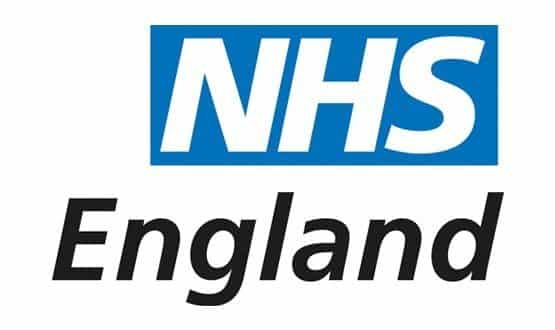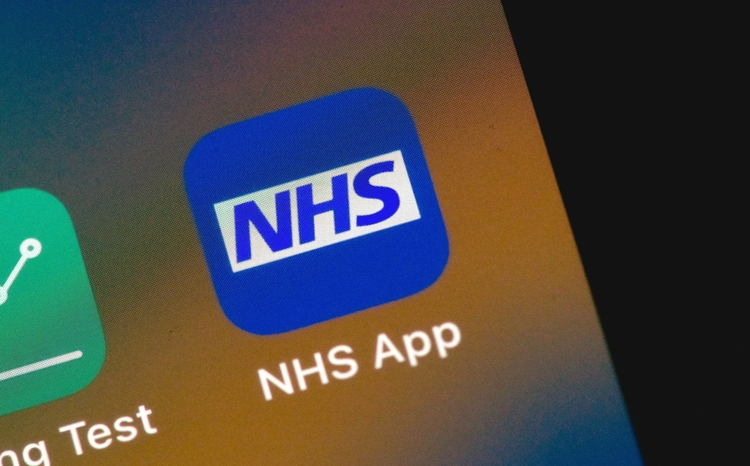Friends and Family Test data published
- 30 July 2013

New data from the NHS Friends and Family Test has been published by NHS England today.
The test was first announced by Prime Minister David Cameron in January 2012 and was introduced this April.
A survey asks patients whether they would recommend an A&E department and inpatient wards to their friends and family based on their own experience.
The test covers around 4,500 NHS wards and 144 A&E services. The data released today is from the first three months of data collection.
More than 400,000 patients completed the survey in that time. In June, 36 wards across the country received an overall negative figure, down from 66 wards in April.
Last month, just one A&E – Barnet and Chase Farm Hospital NHS Trust – had a negative score. The trust had a 6.7% response rate.
A&E service scores ranged from 100 to -13, with the top ten trusts scoring between 100 and 79. The scores for inpatients ranged from 100 to 43.
A statement from NHS England says the test’s introduction “means that patients will now have a real voice in deciding whether their care is good enough or not – and hospitals will be able to take swift action to make any necessary improvements."
The Care Quality Commission will also use the data as part of its new surveillance system when assessing risks at hospitals, together with other data such as mortality rates and ‘never events’.
Tim Kelsey, NHS England’s national director for patients and information, described today’s publication as “the boldest move yet to promote real openness in the NHS and to concentrate our focus on improvement in care."
"At the heart of Robert Francis’s report into the tragedy at Stafford hospital was one basic message: to ensure the NHS delivers high quality care for all, we need transparency of the patient and carer experience.
"It is the absence of this transparency that often allows poor care to go undetected,” he said.
“From this first publication, we can see a significant and real variation in the quality of customer service across the NHS.
"There are home truths here and everyone will expect those trusts who have large numbers of their patients choosing not to recommend their services to respond as quickly as possible."
Kelsey cautioned that the early data must be treated carefully as low response rates can have a dramatically disproportionate impact on scores.
“As more and more patients respond, the data will become more and more robust. Just as important is the additional information given around the chosen score, as this can identify the care, the staff, the processes that make a real difference to patients,” he added.
Health secretary Jeremy Hunt said today marks an historic moment in the NHS.
"This simple survey will give us the information we need to celebrate the best in our NHS and root out poor care," he said.
"By making these ratings public we’re giving patients the power to choose the best place for their care – and driving other hospitals to raise their game.”




